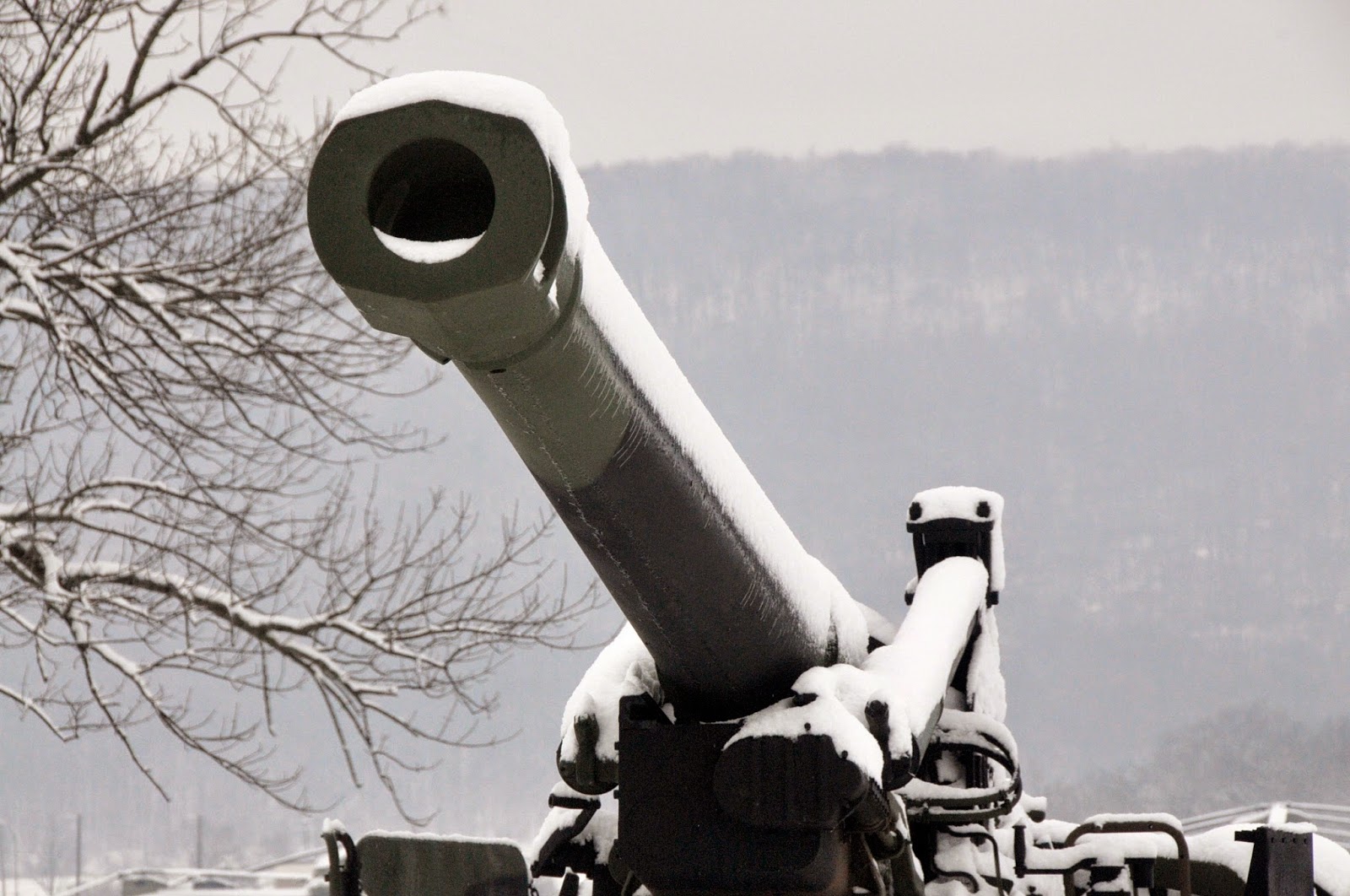28th CAB PAO at Camp Adder:
Me, SGT Matt Jones, SFC Dale Shade, SGT Andy Mehler
In September of 2009, I moved from the Echo Company motor
pool at Camp Adder, Iraq, to Battalion Headquarters of Task Force Diablo. I took the job of writing, laying out and
shooting the pictures for a monthly newsletter for the remainder of the
deployment. But I knew that a monthly
for four of five months would not get any attention.
So I asked to produce a weekly 8-12-page newsletter. The commander and my supervisor agreed. I had a job—and a half. But I got it done.
One big reason I could write that newsletter and shoot the
pictures was SGT Matt Jones at 28th Combat Aviation Brigade with an
office just 100 meters from mine. Over
the next several months I spent a lot of time with Matt. I had not shot pictures since the late 1970s. I got a Nikon digital camera and Matt showed
me how to use. And gave me feedback on
the photos I took. He also edited my
stories—quickly and accurately.
Matt had his own weekly newsletter to produce. And he worked in a much different environment
than I did. Everyone in my office worked
together really well. Better than most
places I have ever worked.
To say that Matt worked in a hostile environment is like the
temperature in Hell, if you have to ask. . .
So in between writing stories, shooting photos and producing
a weekly newsletter, had to deal with more shit than a dairy farmer from a
brigade command staff that did not understand or care to understand how public
affairs worked.
But he kept going, quietly producing a great newsletter
every week and shooting some award-winning photos along the way. Clearly, some of my best photos were the ones
I shot just after Matt showed me something else I could do with shutter speed,
ISO, lighting, or angle.
After we returned from Iraq, I worked with Matt while he was
with 28th CAB and I still see him on drill weekends sometimes. And he still helps me shoot better
pictures.
Most people I know in public affairs, military or civilian,
are loud people that laugh, make jokes and are irrepressible gossips. Matt has the flattest affect of anyone I know
in public affairs. After a few weeks of
working with him he said, “Nice!” about a story I wrote. That was it.
He went back to work. If I got
that from Matt, I knew the Nobel in Literature was a possibility in the
future.
Last summer, in what might be my last summer camp, I got to
spend several days writing and editing in the Public Affairs Office at Fort
Indiantown Gap. I wrote about how much I
enjoyed that time last summer. I did not
use any names in that post, but I can now say that part of the fun of the week
was Matt laughing when I retold some of the same jokes I told in Iraq for a new
group of people. And I am pretty sure
Matt said “Nice!” about one of my photos.

































